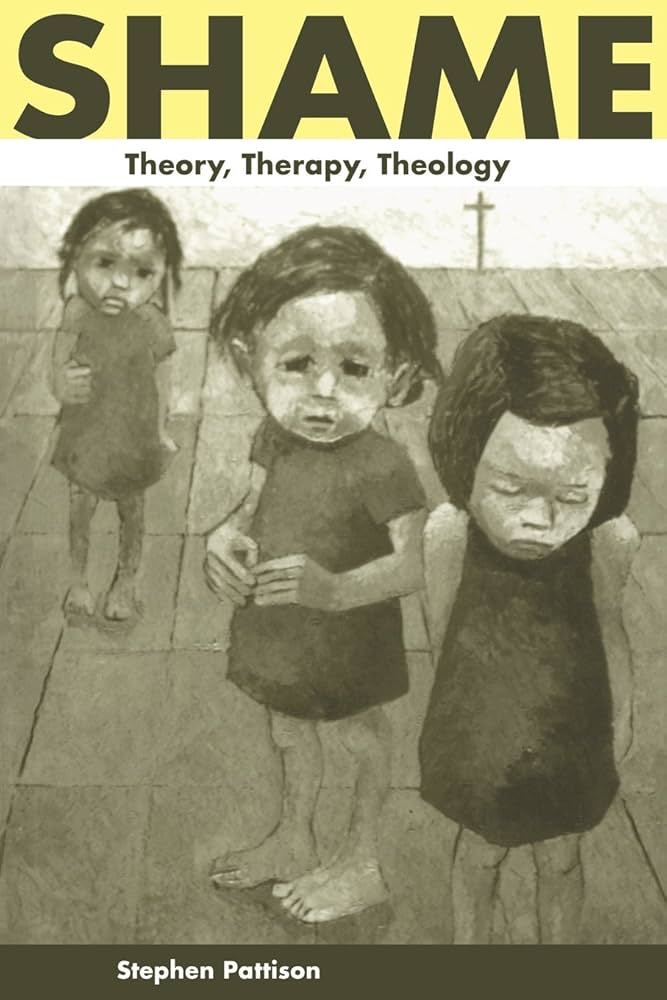Theory, Therapy, Theology

Christian theologian Thomas Aquinas regards shame as a positive signal towards virtue development, with moral puritanists such as John Locke likewise considering it an essential component of moral character. While acknowledging this positive assessment, Stephen Pattison focuses his work on the dysfunctional and chronic shame prevalent in religion and pervading society. For him, the relationship between shame and morality is negative, with traumatic personal experiences deeply tainting one’s psyche. Drawing from his personal experience, he emphasizes the importance of community in both perpetuating and healing shame.
Pattison begins by acknowledging the positive role of shame that previous theologians argued. He then structures his work into three parts: approaching shame, encountering shame, and exploring shame in Christianity. Focusing on chronic shame, he defines it as a condition of “polluting, defiling unwantedness that alienates people and groups from themselves and from society” (186). The destructive connotation of “polluting” underscores the deeply disturbing and elusive nature of shame. It is rarely investigated apart from guilt or purely individual psychological processes. Rather, shame is situated within a network of relational, social, and cultural dynamics, with chronic shame becoming a persistent and self-effacing condition.
Christianity acts as an inadvertent instigator of chronic shame, yet also offers the opportunity for reform, since the same community that creates shame can repair it. The Christian tradition maintains a complex relationship with shame, both within the Bible and in the expectations projected onto christians. Since this conversation ultimately concerns the reconciling work of God, healing can be pursued through an emphasis on acceptance, belonging, and restoration. Overall, Pattison concludes by encouraging readers to seek communities in which shame is openly addressed and transformed through practices of healing and acceptance.
Stephen Pattinson is a professor of theology and Religion at Emeritus University. Specializing in the relationship between beliefs and values both in and outside standard religions, some of his other works include the following: “Seeing Things: Deepening Relations with Visual Artefacts”(2007), “Saving Face: Enfacement, shame, theology” (2013), and “The Challenge of Practical Theology: Selected Essays” (2007).
For more information on this publication, click here:
“For more of “On the Lived Theology Reading List,” click here. To engage in the conversation on Facebook and Twitter, @LivedTheology, please use #LivedTheologyReads. To sign up for the Lived Theology newsletter, click here.
